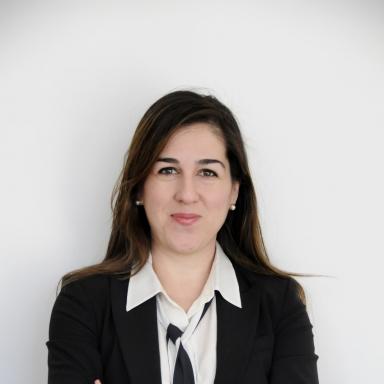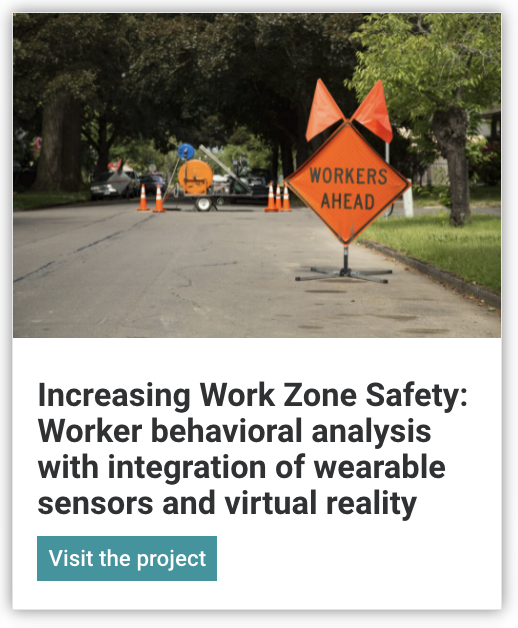The past year brought C2SMART more growth, progress, and partnership-building...
Read MoreThis is borne out in the projects that she is currently working on, including her current project with C2SMART, which attempts to increase the situational awareness of employees located at work zones that are less structured and mobile.
The issue with evaluating the effectiveness of any safety notification system is that these assessments require rigorous testing under various conditions that can actually put people at real risk of accidents or near misses. To avoid this, Ergan and her team developed virtual reality platforms which can micro-simulate traffic flows in real road networks.
“A wide variety of risky scenarios can be generated in virtual worlds, and then used to better understand worker behaviors towards safety notifications,” Ergan says. “Through wearable sensors and realistic representations of work zones in virtual reality, we collect worker behavioral and physiological – heart rate – responses to






